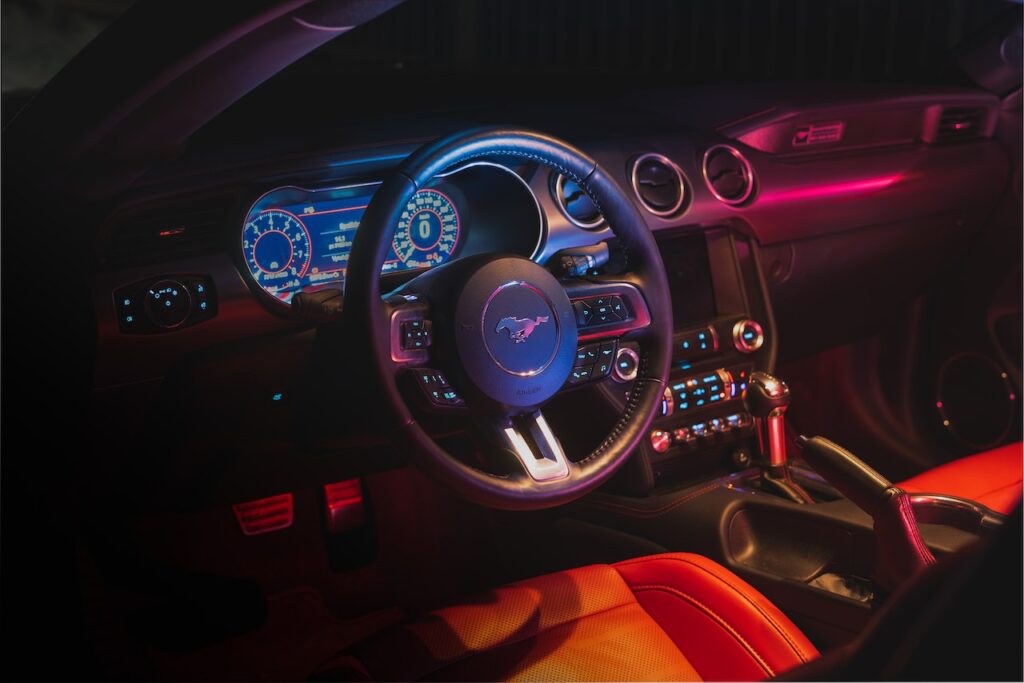Exploring Electronic Stability Programme (ESP)
In the realm of modern vehicle safety technology, a myriad of features aims to keep you safe on the road. One standout guardian is the Electronic Stability Programme (ESP). But what exactly is ESP, and why should it be a factor when choosing your next car?
The Power Behind ESP
Today’s vehicles come equipped with advanced onboard computer systems, and ESP is a shining star among them. This cutting-edge safety feature acts as a critical ally in keeping drivers and other road users secure, especially in challenging conditions.
ESP Demystified
First things first, what does ESP stand for? ESP stands for Electronic Stability Programme. Its primary mission is to assist drivers in maintaining control of their vehicles during adverse driving scenarios, effectively becoming a safety net when things get dicey.

The Inner Workings of ESP
ESP relies on a complex system of sensors that continuously monitor your vehicle’s behavior. These sensors include wheel speed sensors, steering angle sensors, and yaw rate sensors. Together, they keep a close eye on your vehicle’s speed, direction, and steering input.
Navigating Challenging Situations
When ESP senses that your vehicle is teetering on the brink of losing control, it springs into action. By comparing your intended direction, based on your steering input, with the actual direction of the vehicle, determined by sensor data, ESP can detect potential problems. It responds by applying brakes and reducing engine power to restore stability.
The Significance of ESP
Safety on the road is paramount, and ESP plays a pivotal role in achieving it. By bolstering stability, ESP minimizes the risk of accidents, especially in adverse conditions like wet or icy roads, sharp turns, or sudden evasive maneuvers. It’s also a guardian against rollovers, particularly in taller vehicles.
ESP’s Visual Clue
Many drivers have encountered the ESP warning light on their dashboards, often during challenging driving conditions. Understanding these warning lights is crucial for all drivers.
Decoding the Warning Light
If your ESP system is functioning correctly, the warning light may flicker momentarily. However, if it remains continuously lit, it’s essential to have your vehicle inspected by a trusted local garage.

ESP vs. ESC – Unraveling the Acronyms
ESP and ESC essentially refer to the same system: Electronic Stability Control. It serves the same fundamental purpose – preventing potential loss of control. Car manufacturers may use different names, like Dynamic Stability Control (DSC) or PSM (Porsche Stability Management), but the principle remains constant.
ESP by Any Other Name
While ESP may have various names, its core function remains identical across all vehicles equipped with this technology. Other monikers include Vehicle Stability Assist (VSA) and Dynamic Stability Control (DSC).
ESP vs. Traction Control
Traction control and ESP are siblings in the realm of safety features, yet each serves a unique purpose. While traction control focuses on preventing wheel spin and maintaining grip between tires and the road, ESP takes a broader approach. ESP continuously monitors various factors to provide proactive power and braking when necessary, enhancing overall stability and control.
ScrapMyCar.net – Paving the Road to Sustainability
In the grand scheme of automotive safety and responsibility, scrap my car plays a vital role. As a leader in end-of-life vehicle disposal, we ensure that vehicles, including those equipped with ESP, reach the end of their road journeys in an environmentally friendly and responsible manner. We are committed to reducing the environmental impact of automotive waste, aligning with the principles of a circular economy, and helping vehicles contribute to a greener future.
